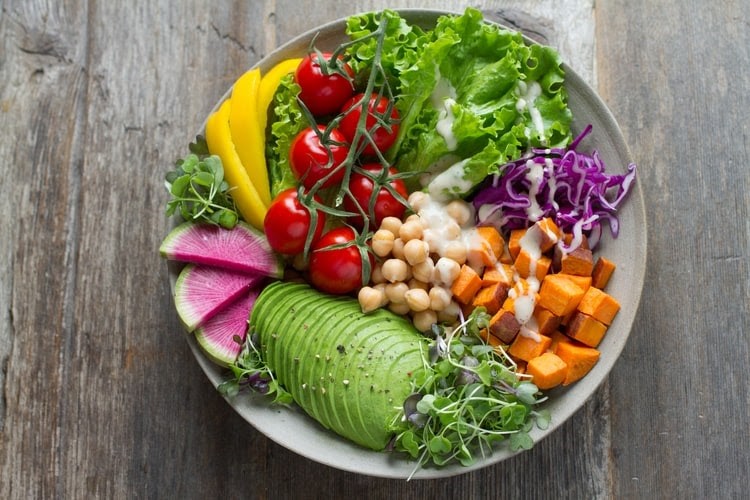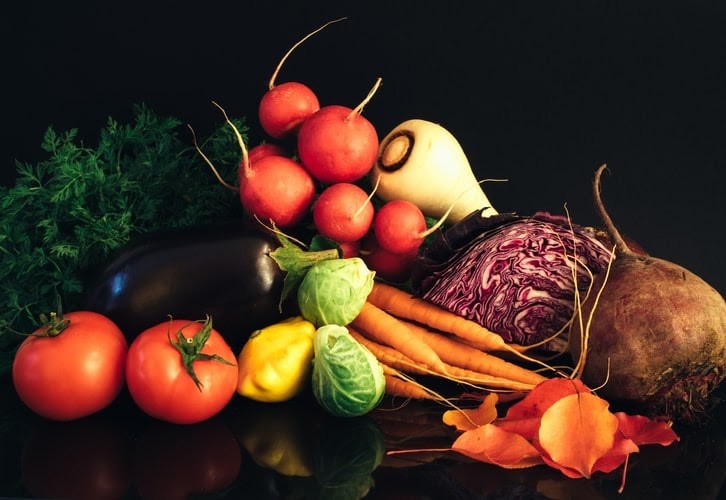Sustainable Eating: How To Help the Community
Agriculture already projects a sustainable practice. However, growing your own food to practice sustainability goes far beyond that. Plants that require intensive care are typically considered something unsustainable due to the chemicals, time, money, and effort needed for them to thrive.
The concept of sustainability in the agriculture industry is aligned with plant and animal production with the use of farming practices that promotes conservation of natural resources and giving minimal to no impact to the planet. Sustainability in agriculture aims to produce organic hearty food without compromising the next generation’s chance to follow in the same footsteps.

On a different note, sustainable eating is the idea of picking only produce and livestock that brings no harm to the environment.
Practical and Effective for Sustainable Eating
Grow Your Food
Growing your own food is a step closer to a sustainable diet. Be it a herb or rows of lettuce or even a potted tomato, whatever it is, it promotes a healthier planet, diet, and mindset. Growing your own produce is not only satisfying for your palate but also a rewarding experience gaining knowledge about plant care. Hence, being able to learn the process of planting your own food will influence your attitude towards how you buy, eat, and dispose of food. Knowing how much effort cultivating your own food will help you appreciate the efforts of local farmers. You will be opting more on the organically grown produce than vegetables grew in masses using chemical to speed up their growth. You will start to see imperfect fruits and vegetables beautiful.
Shop Locally
Shopping locally means supporting the local farmers in your community. There’s no good buying from giant supermarket preferring flawless-looking produce. These kinds of fruits and vegetables aren’t grown with a sustainable mindset, rather, these products are grown with too many resources wasted, effort given, and chemicals used. Buying from your local community, on the other hand, helps foster a healthier and richer environment. Also, another reason why buying from your local farmers is more sustainable because you need no fuel to ship the food from a commercialised farm to the market.

Spark Conversations About Sustainable Food
Although most people refuse to switch to a sustainable diet due to a lack of knowledge about the concept. A sustainable diet does not necessarily mean you need to go plant-based. Following the sustainable practice also take into account how the meat is produced. So, whether you are vegan, vegetarian, or a meat-eater, going sustainable means being curious about where it was produced, how it was produced, and how it is shipped. Sharing this knowledge with friends can help impact their mindset and become more conscious about the food they buy, how they consume it, and how much they dispose of.

Eat Produce Only During Their Season
There are fruits or vegetables sold in the market even though it’s not their season in your area. That actually means those produce came from a faraway land; thus transporting it will use ample amount of fuel and produce a lot of carbon footprint.
Refrain From Bottled Beverages
Shipping liquid contents require a lot of fossil fuel to transport from one place to another. So, for a better solution, use refillable bottles and bring your own water anywhere. It is a money and planet-saving practice.
Alter Your Grocery Checklist
When grocery shopping, choose to buy in bulks and refrain from purchasing processed foods. Additionally, choose products that need minimal packaging and identify the ones that require less energy and water to produce. Also, it is important to pick products that produce less to no waste.
Sustainable living goes beyond just merely using wooden utensils or canvas bags. Sustainable living is a practice that considers every angle of how the product is produced and how much carbon footprint it leaves the planet.
